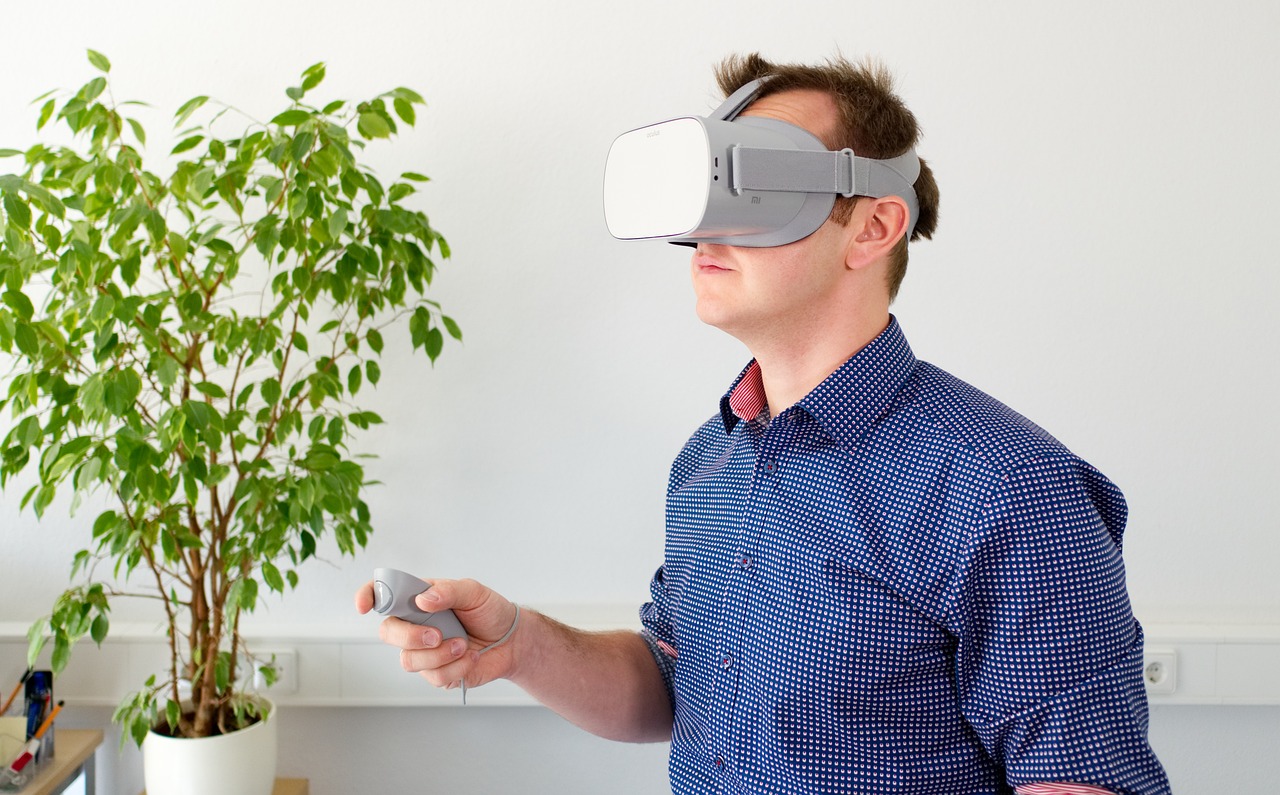Navigation has come a long way since paper maps and printers. From GPS to voice guidance, technology has changed the way we navigate the world. But what if we could take that technology to the next level? That’s where AR navigation comes in.
AR navigation, or augmented reality navigation, is a type of technology that superimposes digital information onto the real world. This means that instead of just getting directions from a map or GPS, you can see the directions overlaid on the street in front of you, or even see arrows showing you which way to turn on the actual road.
But how does it work? AR navigation typically uses the camera on your smartphone or other device to capture footage of your surroundings, and then overlays that footage with digital information. This can include directions, points of interest, and other helpful information.
One of the biggest benefits of AR navigation is its intuitive nature. It’s a lot easier to follow directions when they’re literally right in front of you, rather than having to constantly check a phone or GPS. This can be especially helpful for pedestrians or cyclists, who don’t have the luxury of a dashboard-mounted GPS. AR navigation can also help drivers keep their eyes on the road, as they won’t have to constantly look down at a map or screen.
Another benefit of AR navigation is its ability to provide more information than a traditional map or GPS. For example, it could show you the different types of restaurants in a certain area, or highlight landmarks or attractions nearby. This could be especially useful for travelers or tourists who aren’t familiar with the area they’re in.
AR navigation isn’t just limited to smartphones, either. There are already several standalone AR navigation devices on the market, such as the NUVIZ and the Skully helmet. These devices work similarly to smartphone-based AR navigation, but are designed specifically for use with motorcycles and other vehicles.
Of course, like any new technology, there are some challenges to overcome with AR navigation. One of the biggest is ensuring that the digital information is always accurate and up-to-date. If a street is closed or a business has moved, the AR navigation system needs to know about it in order to provide accurate directions. There’s also the issue of distractions – having information constantly popping up in front of you could be distracting or even dangerous in certain situations.
Despite these challenges, though, AR navigation is definitely a technology to watch in the coming years. As more and more people become comfortable with the idea of using augmented reality in their daily lives, it’s likely that AR navigation will become more widespread. In fact, some experts predict that AR navigation could eventually replace traditional GPS systems altogether.
So what does this mean for the future of navigation? For one thing, it could make getting around a lot easier and more intuitive. No more fumbling with maps or getting lost in unfamiliar places – with AR navigation, you’ll be able to see exactly where you need to go, right in front of you. It’s also likely that AR navigation will continue to evolve and become more sophisticated over time, potentially even incorporating things like traffic data and weather information.
All in all, AR navigation is an exciting new technology that holds a lot of promise for the future of navigation. Whether you’re a pedestrian, a driver, or a cyclist, being able to see your directions overlaid on the real world is a game-changer. So the next time you’re trying to get somewhere, keep an eye out for AR navigation – it may just be the future of how we get around.
